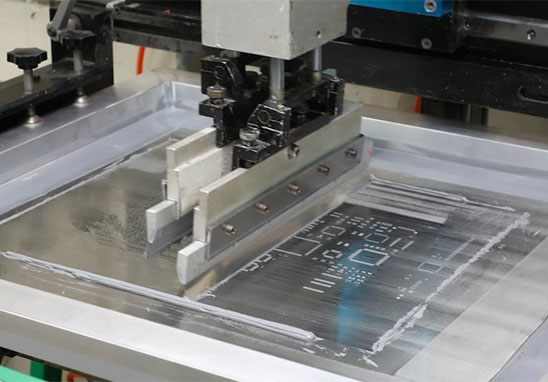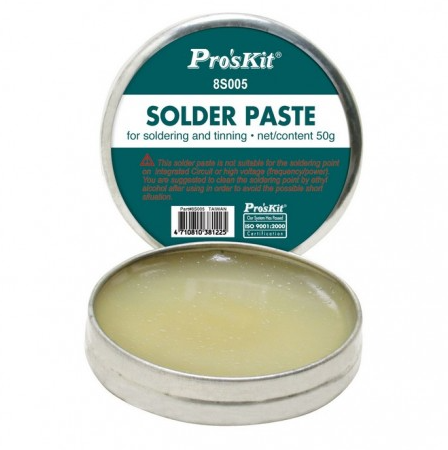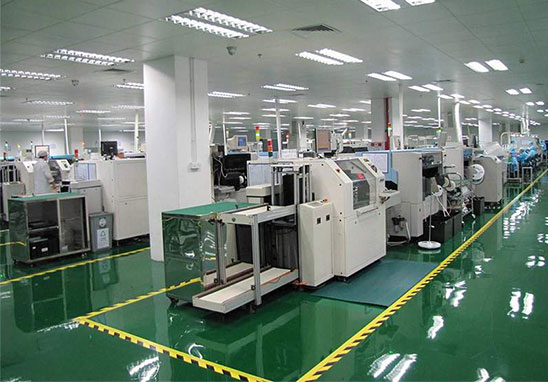Solder paste is an indispensable processing consumable for SMT Assembly. Next, Shenzhen SMT Assembly manufacturer-Grande will introduce the importance of solder paste for SMT Assembly from three aspects: Solder paste choosing, solder paste correct using and storage, and solder paste inspection.

1.Solder Paste Choosing
There are plenty of types and specifications of solder paste, and even from the same manufacturer, there are differences in alloy composition, particle size, viscosity, etc. So how should we choose a solder paste that is suitable for your own products has a great impact on product quality and cost.
2. Solder Paste Correct Using & Storage
Solder paste is a thixotropic fluid. The printing performance of the solder paste, the quality of the solder paste pattern and the viscosity of the solder paste, thixotropy have a great relationship, and the viscosity of the solder paste is not only related to the mass percentage content of the alloy, alloy powder particle size, and particle shape In addition, it is also related to temperature. Changes in ambient temperature will cause fluctuations in viscosity. Therefore, it is best to control the ambient temperature at 23℃±3℃. Since most solder paste printing is currently carried out in the air, the ambient humidity will also Influencing the quality of solder paste, the relative humidity is generally required to be controlled at RH45%~70%. In addition, the printing solder paste workshop should be kept clean, dust-free, and non-corrosive gas.
At present, the PCBA density is getting higher and higher, so does the printing difficulty. Therefore, the solder paste must be used and stored correctly. The main requirements are as follows:

1. Solder paste must be stored at 2~10℃.
2. It is required to take out the solder paste from the refrigerator one day before use (at least 4 hours in advance), and open the container cover only after the solder paste reaches room temperature to prevent condensation.
3. Use a stainless steel mixing knife or an automatic mixer to mix the solder paste evenly before use. When manually mixing, it should be mixed in one direction. The machine or manual mixing time is 3~5min.
4. After adding solder paste, the container lid should be closed.
5. No-clean solder paste cannot use recycled solder paste. If the printing interval exceeds 1 hour, the solder paste must be wiped off the template, and the solder paste should be recycled into the container used on the day.
6. Reflow soldering within 4 hours after printing.
7. When repairing the board with no-clean solder paste, if no flux is used, the solder joints should not be scrubbed with alcohol. However, if flux is used when repairing the board, the residual flux outside the solder joints that has not been heated must be wiped off at any time, because there is no The heated flux is corrosive.
8. Products that need to be cleaned should be cleaned within the same day after reflow soldering.
9. When printing solder paste and performing patch operations, it is required to hold the edge of the PCB or wear gloves to prevent contamination of the PCB.

3.Solder Paste Inspection
Since printing solder paste is a key process to ensure the quality of SMT assembly, the quality of printed solder paste must be strictly controlled. The inspection methods mainly include visual inspection and SPI inspection. For visual inspection, using 2~5 times magnifying glass or 3.5~20 with microscope inspection, and then using SPI (Solder Paste Inspection Machine) for narrow spacing. The inspection standards are implemented in accordance with IPC standards.








